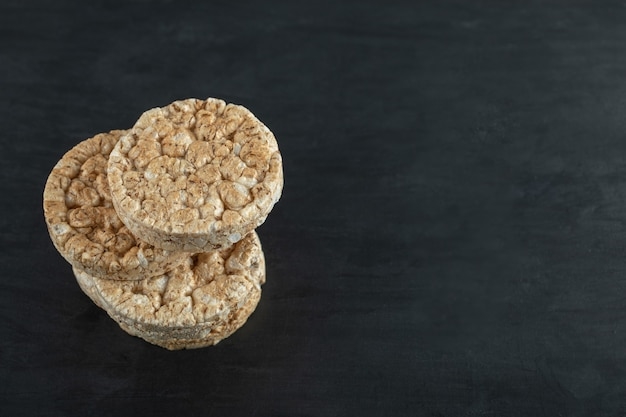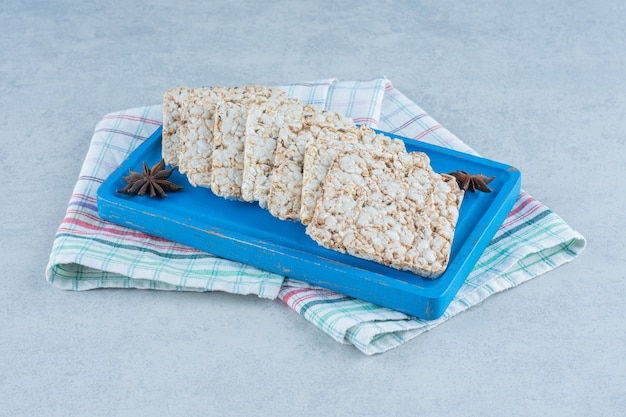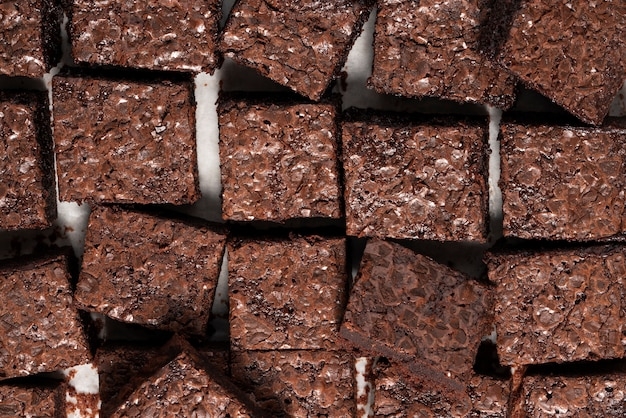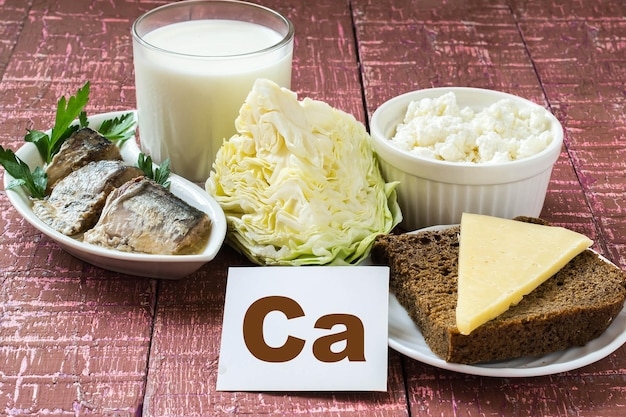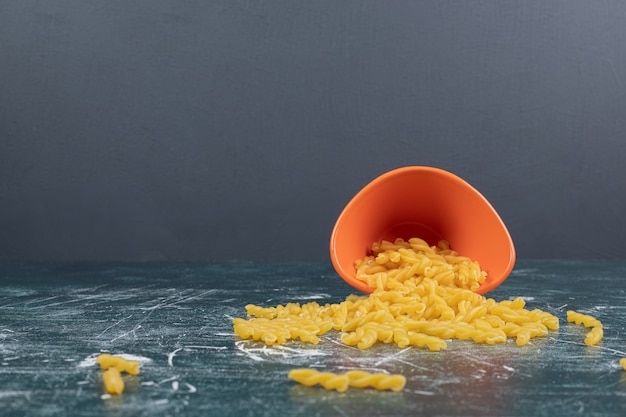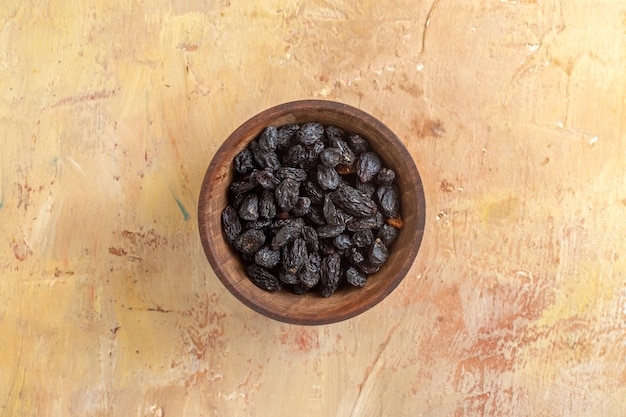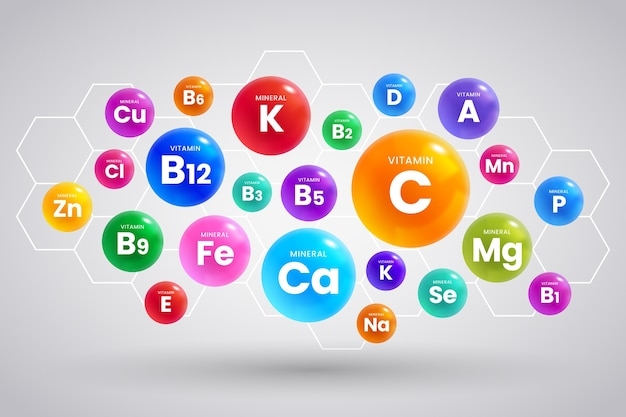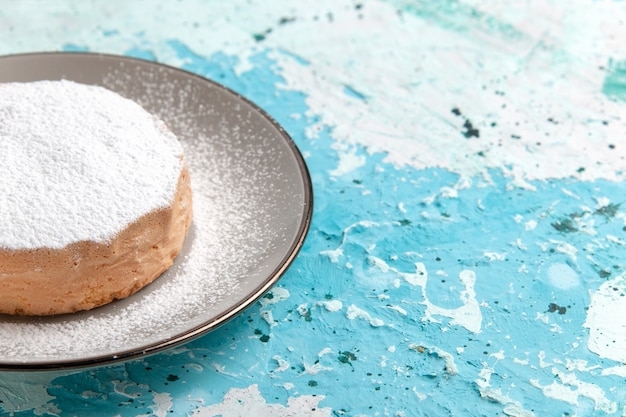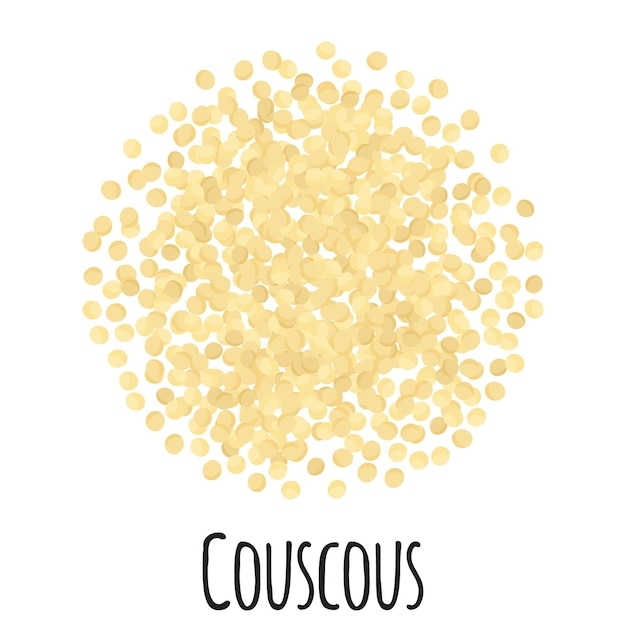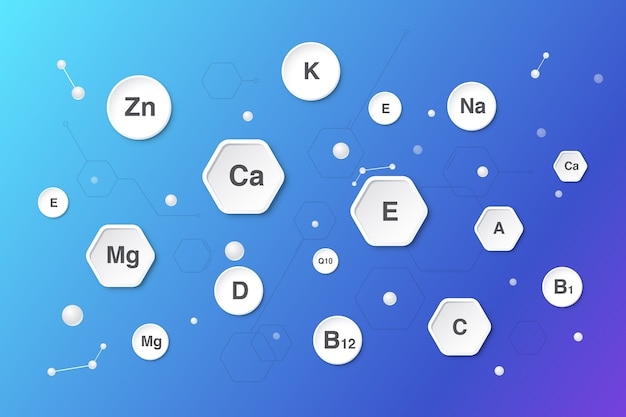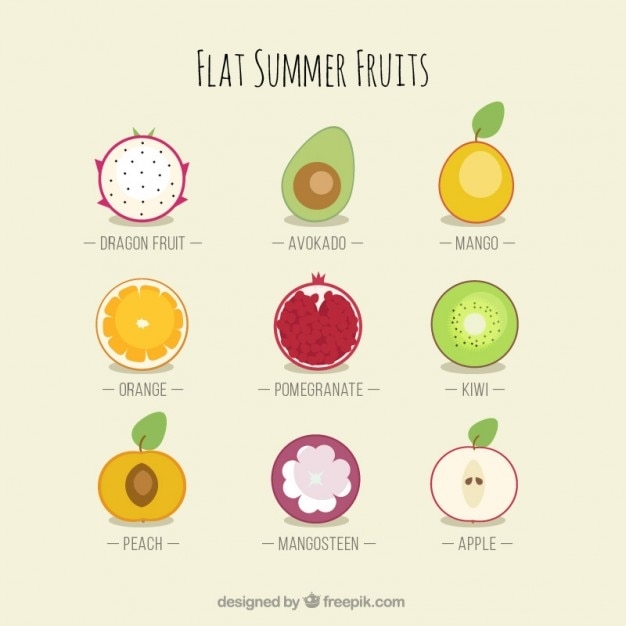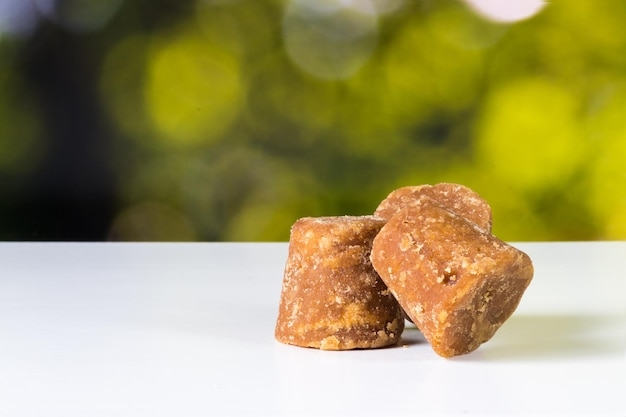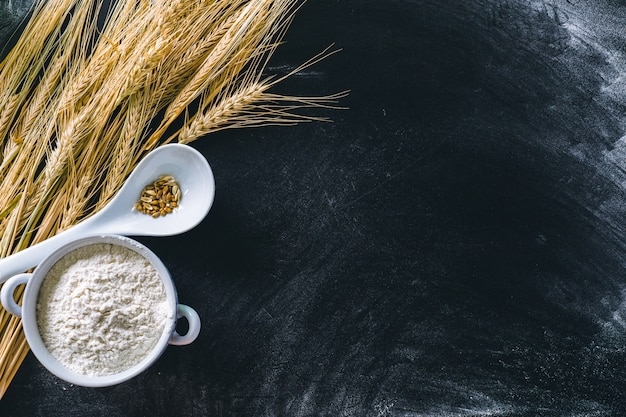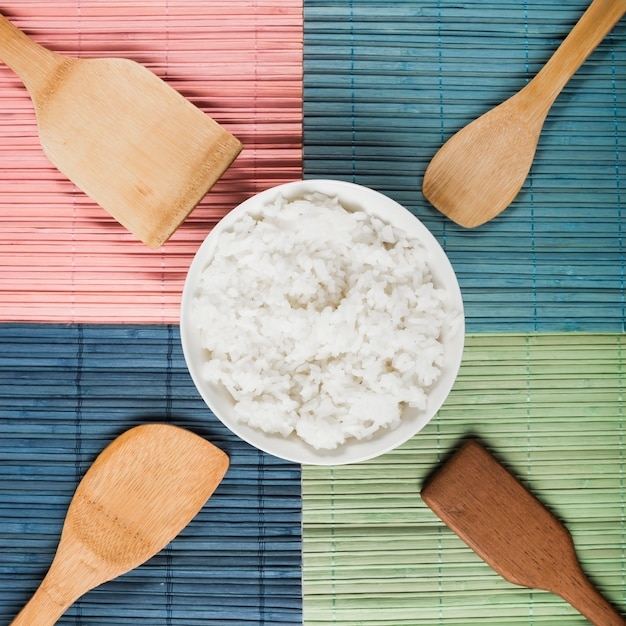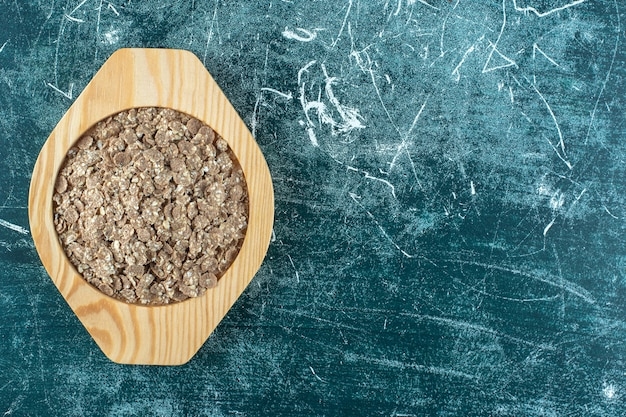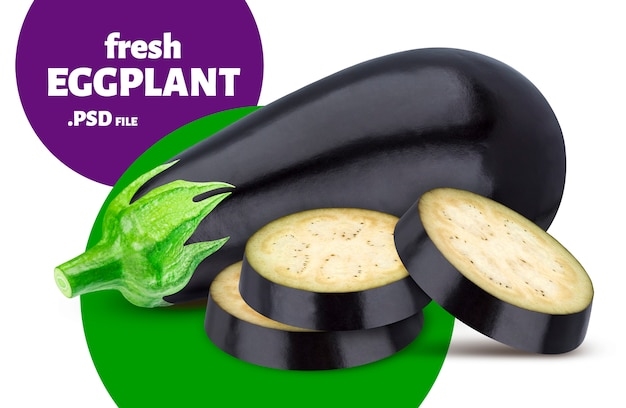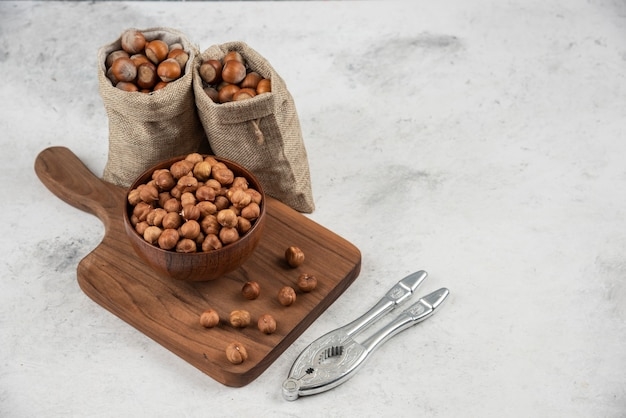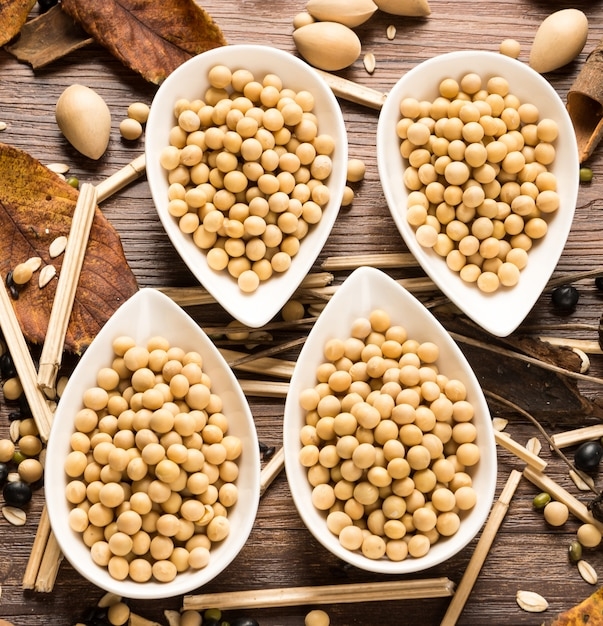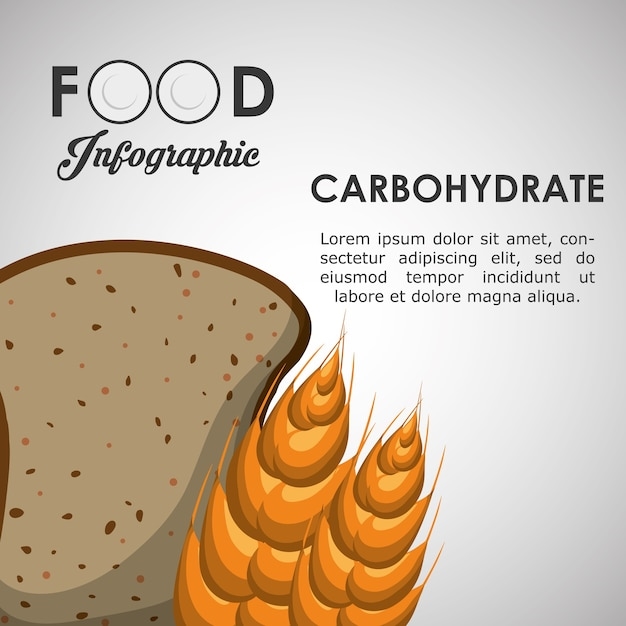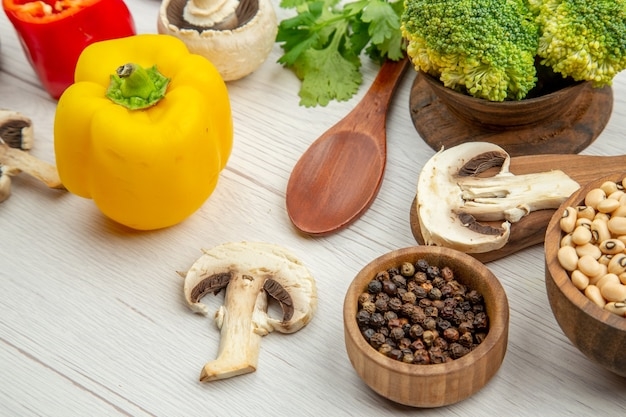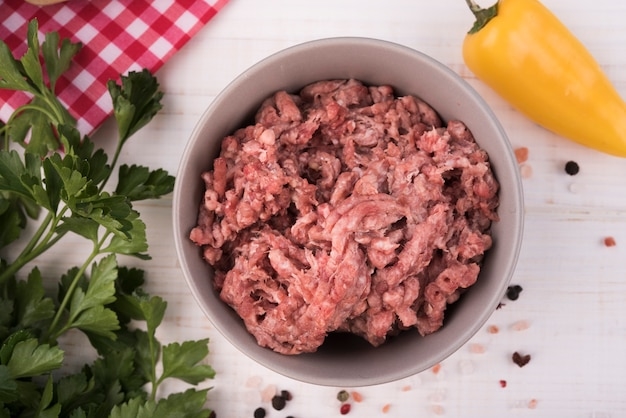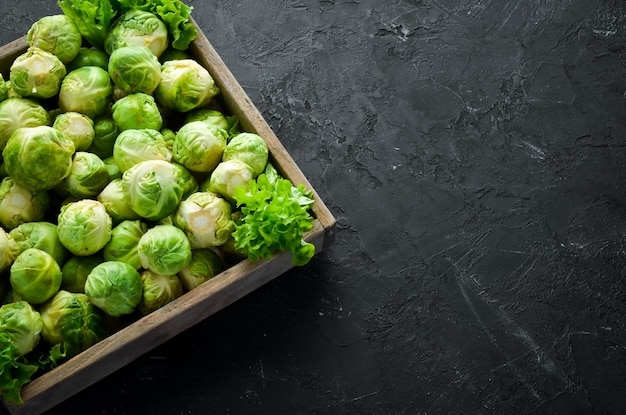Spaghetti is a type of pasta that is loved by many. It is made from durum wheat and comes in different varieties based on the shape and thickness. Spaghetti is a versatile dish that can be served with a variety of sauces and toppings. Whole wheat spaghetti, in particular, is known to be healthier due to its rich fiber content and complex carbohydrates.
The Nutritional Benefits of Whole Wheat Spaghetti
Whole wheat spaghetti is a great source of many important nutrients that are required for optimal health. Below are the nutritional benefits of whole wheat spaghetti per 100g:
Fiber
Whole wheat spaghetti contains 6.9g of fiber per 100g. This is much higher than the amount of fiber found in regular spaghetti. Fiber is important for maintaining healthy digestion and preventing constipation. It can also help to reduce the risk of heart disease, type 2 diabetes, and certain types of cancer.
Complex Carbohydrates
Whole wheat spaghetti is a good source of complex carbohydrates. Complex carbohydrates provide the body with a steady source of energy, which makes them ideal for athletes and active individuals. Complex carbohydrates are also known to help regulate blood sugar levels and reduce the risk of type 2 diabetes.
Minerals
Whole wheat spaghetti contains several important minerals including iron, magnesium, and zinc. These minerals play a crucial role in many bodily functions including energy production, immune system function, and bone health.
The Health Benefits of Whole Wheat Spaghetti
Whole wheat spaghetti is known to have several health benefits due to its nutritional content. Below are some of the health benefits of whole wheat spaghetti:
Reduced Risk of Heart Disease
Whole wheat spaghetti is high in fiber and complex carbohydrates, both of which are known to reduce the risk of heart disease. Several studies have shown that consuming whole grains like whole wheat spaghetti can lower cholesterol levels, blood pressure, and inflammation in the body, all of which contribute to a healthier heart.
Improved Digestion
The high fiber content of whole wheat spaghetti also helps to promote healthy digestion. Fiber helps to keep the digestive system moving, reducing the risk of constipation and other digestive issues. Fiber also promotes the growth of healthy gut bacteria, which is important for overall gut health.
Weight Management
Whole wheat spaghetti is a great food for weight management. The high fiber content helps you to feel full for longer periods of time, reducing the risk of overeating. Whole wheat spaghetti is also a good source of complex carbohydrates, which provide a steady source of energy, reducing the risk of snacking between meals.
How to Cook Whole Wheat Spaghetti
Cooking whole wheat spaghetti is similar to cooking regular spaghetti. Here’s how to do it:
Step 1: Boil water in a large pot
Bring a large pot of water to a boil. You can add a pinch of salt to the water if desired.
Step 2: Add the spaghetti
Add the spaghetti to the boiling water and stir gently to prevent it from sticking together.
Step 3: Cook the spaghetti
Cook the spaghetti for around 10 minutes or until it is cooked to your liking. Whole wheat spaghetti may take a few minutes longer to cook than regular spaghetti, so be sure to read the packaging instructions.
Step 4: Drain the spaghetti
Once the spaghetti is cooked, drain it using a colander and rinse it with cold water to stop the cooking process.
Step 5: Serve
Whole wheat spaghetti can be served with a variety of sauces and toppings. Some popular options include tomato sauce, pesto, and meatballs.
Frequently Asked Questions
1. Is whole wheat spaghetti healthier than regular spaghetti?
Yes, whole wheat spaghetti is healthier than regular spaghetti. Whole wheat spaghetti contains more fiber, complex carbohydrates, and essential minerals than regular spaghetti.
2. What are the health benefits of eating whole wheat spaghetti?
The health benefits of eating whole wheat spaghetti include reduced risk of heart disease, improved digestion, and weight management.
3. How do I cook whole wheat spaghetti?
To cook whole wheat spaghetti, boil a large pot of water, add the spaghetti and cook until done, drain and rinse with cold water, and serve with sauce and toppings of your choice.
4. What sauces go well with whole wheat spaghetti?
Some sauces that go well with whole wheat spaghetti include tomato sauce, pesto, meat sauce, and Alfredo sauce.
5. Can I use whole wheat spaghetti in cold pasta salads?
Yes, whole wheat spaghetti can be used in cold pasta salads. However, it’s important to rinse the cooked spaghetti with cold water and refrigerate it before adding it to the salad to prevent it from getting mushy.
Conclusion
Whole wheat spaghetti is a tasty and healthy food option that is low in fat and high in fiber, complex carbohydrates, and essential minerals. It’s easy to cook and can be served with a variety of sauces and toppings to suit your preferences. By incorporating whole wheat spaghetti into your diet, you can improve your digestion, reduce your risk of heart disease, and manage your weight more effectively.
